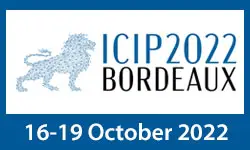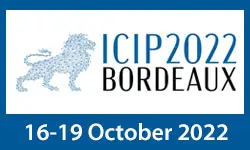Occlusion-invariant Representation Alignment For Entity Re-Identification
Zhanghao Jiang, Ke Xu, Heshan Du, Huan Jin, Zheng Lu, Qian Zhang
-
Members: FreeSPS
IEEE Members: $11.00
Non-members: $15.00Length: 00:10:39
07 Oct 2022
Video coding techniques minimize spatial and temporal redundancies inherent in video sequences based on non-overlapping block-based image partitioning. Due to depending on the information from already encoded neighboring blocks, these algorithms lack efficient techniques to exploit the overall global redundancies. Compared to the traditional block-based coding, the cuboid coding (2D) framework has been proven to be a more effective method of image compression that exploits global redundancy by considering homogeneous pixel correlation within a frame. in this paper, we improved the idea of 2D cuboid coding to exploit both local and global redundancy from a video sequence by adopting a three-dimensional (3D) cuboid partitioning scheme for SHVC compression improvement of 360-degree videos. The proposed method considers a group of successive frames as a 3D cuboid and recursively partitions it into sub-3D cuboids where static information over a selected GOP share the same cuboid and moving regions share new cuboids with better-defined objects. All the 3D cuboids are then encoded to create a coarse representation of the video stream. Experiments indicate that the proposed framework significantly outperforms its relevant benchmarks, notably by 17.18% (average) in BD-Rate reduction and 0.82 dB in BD-PSNR gain with respect to the standard SHVC codec.



